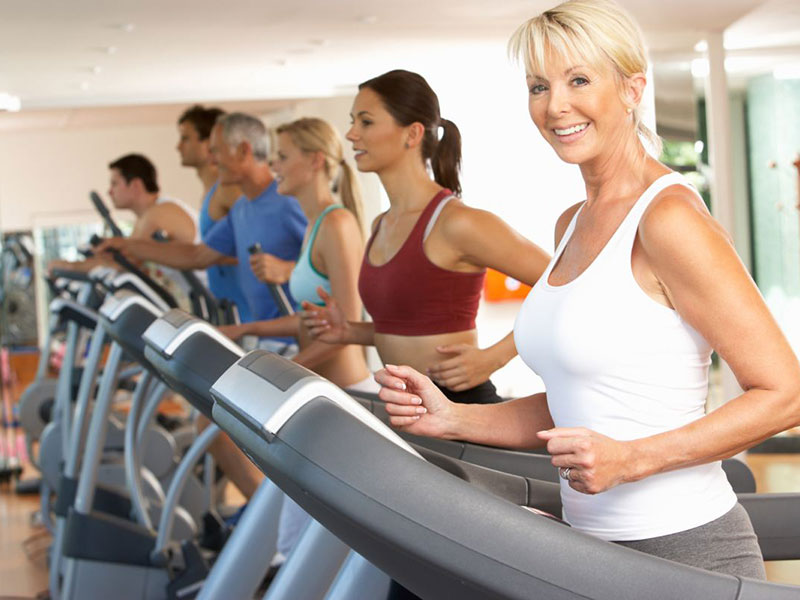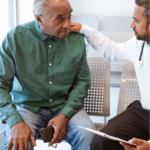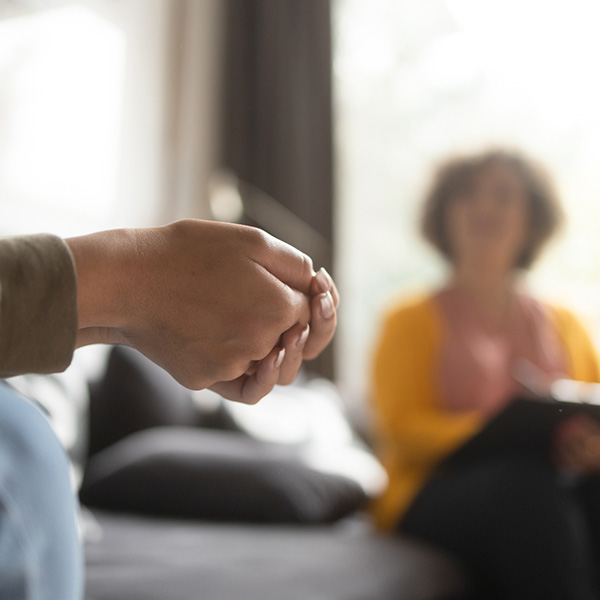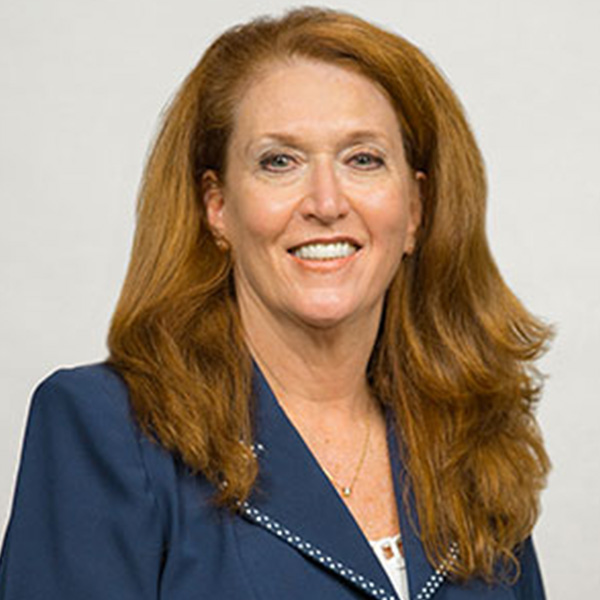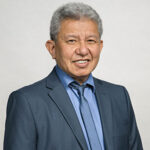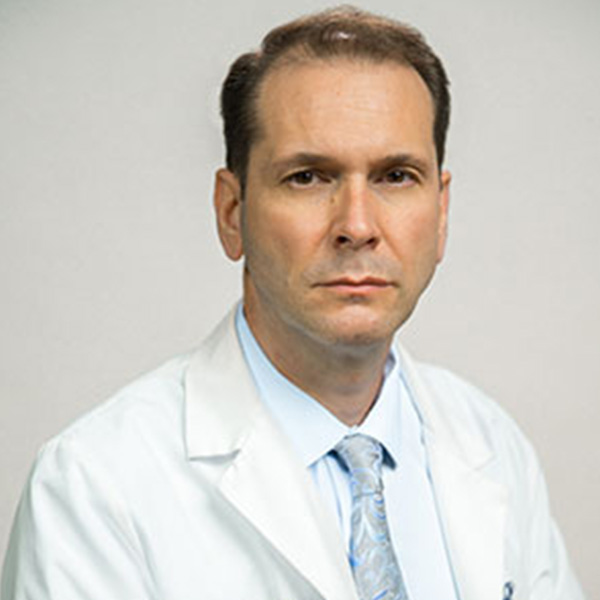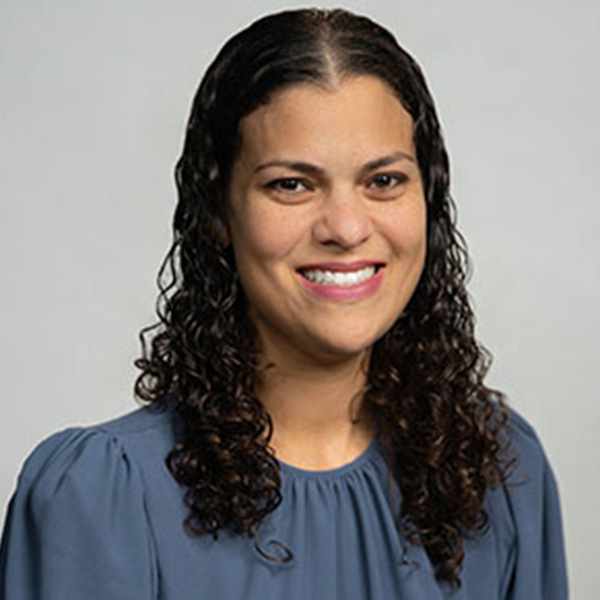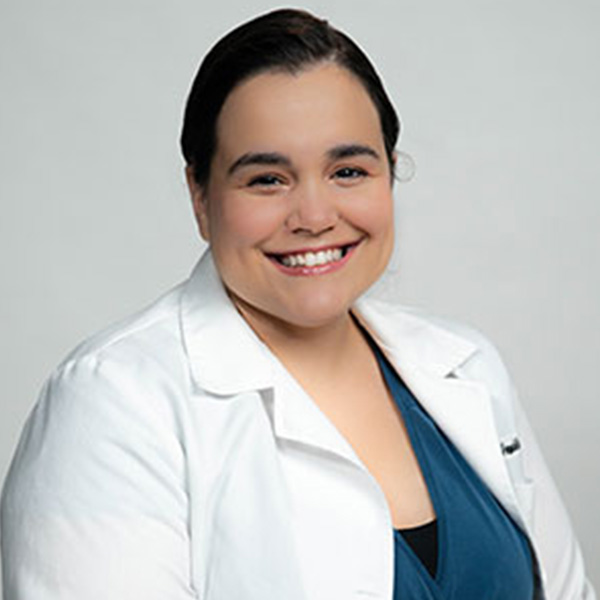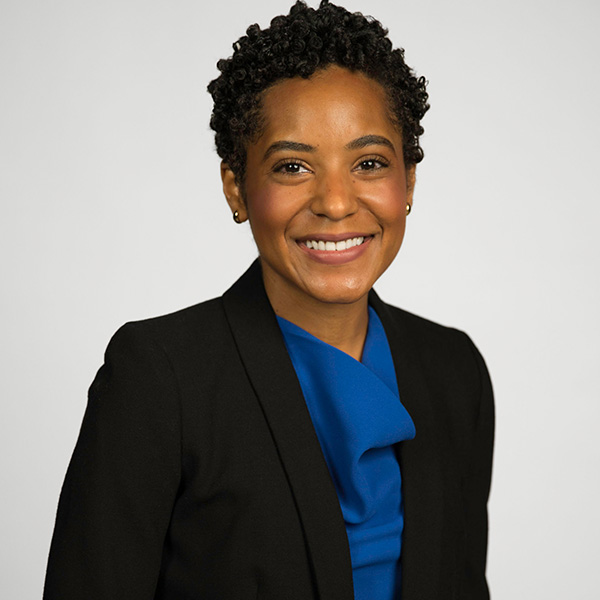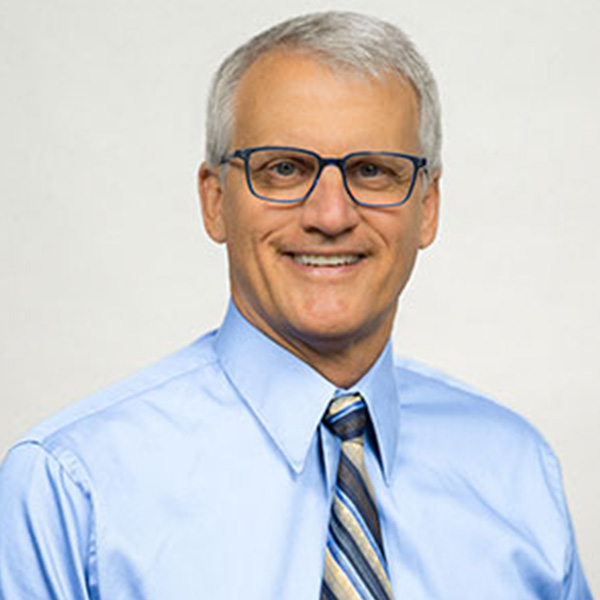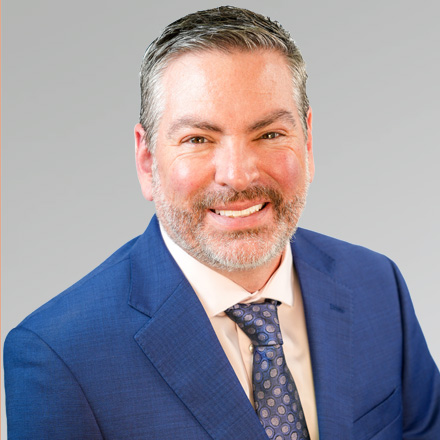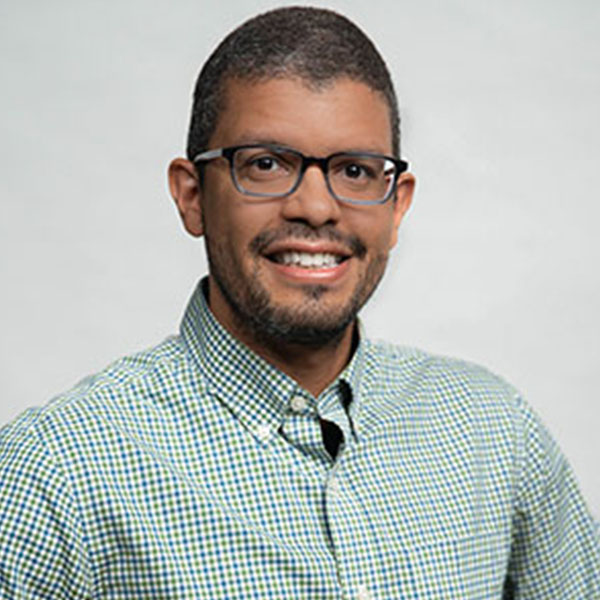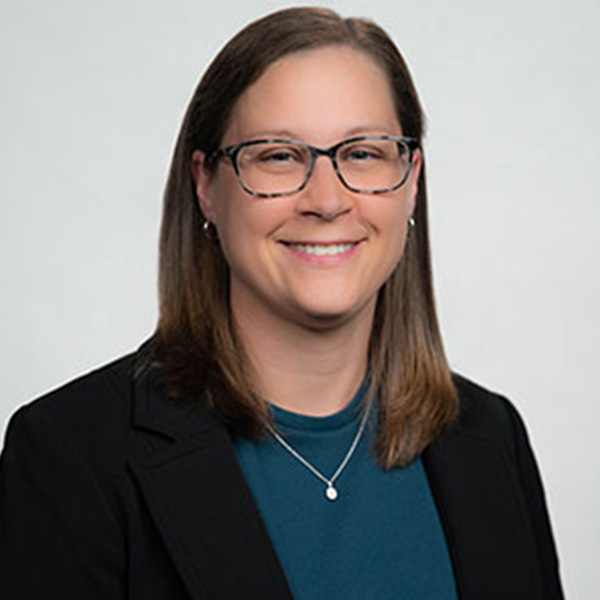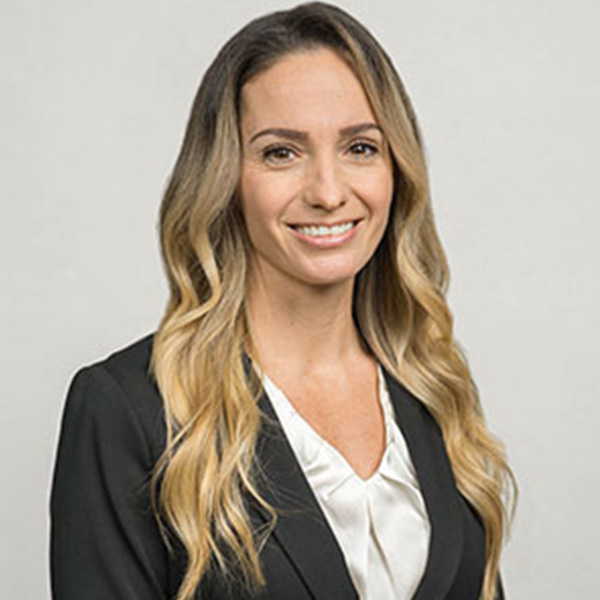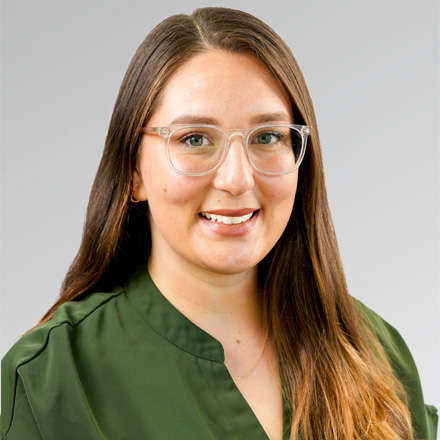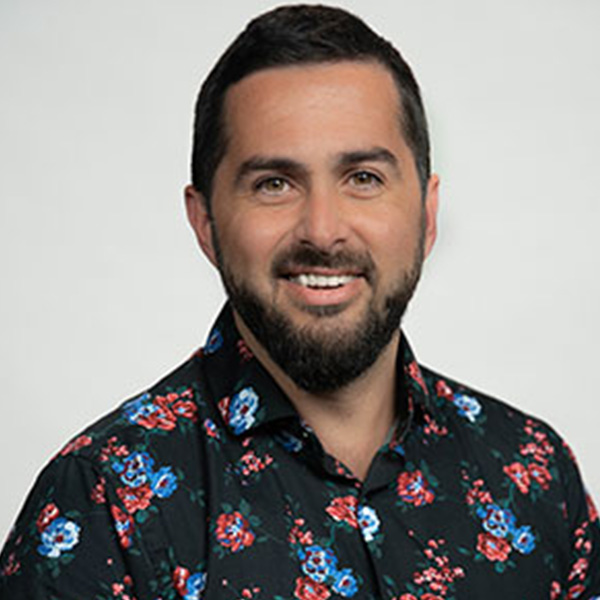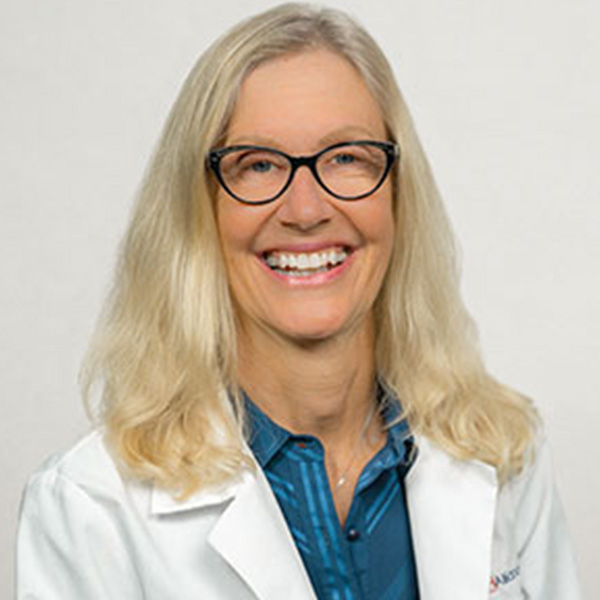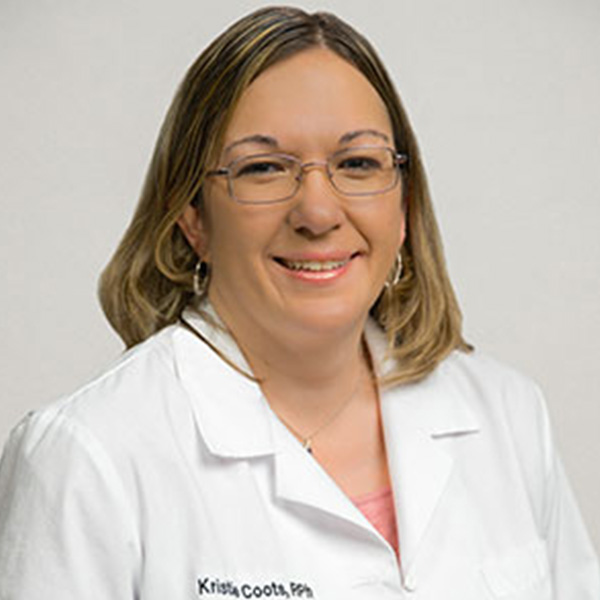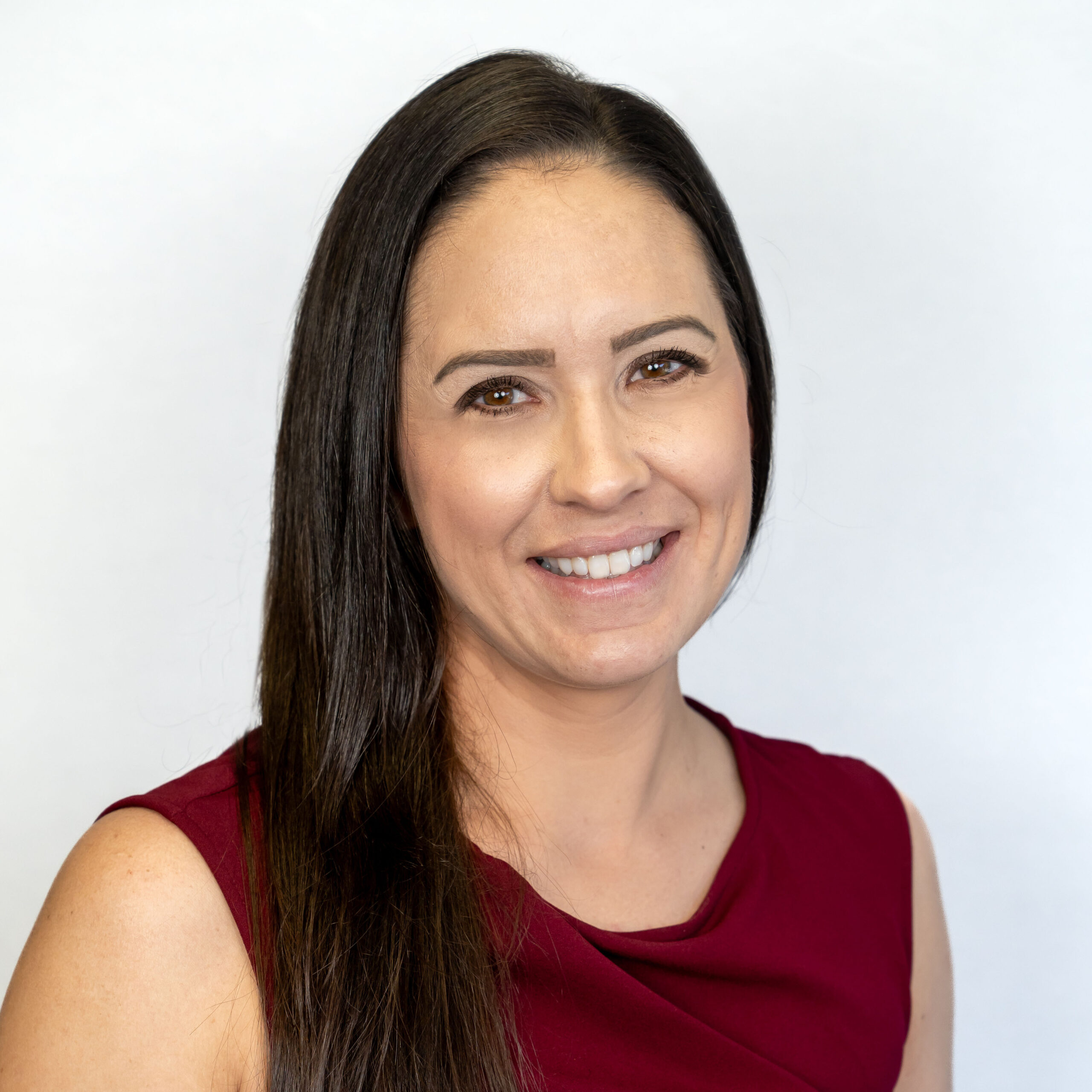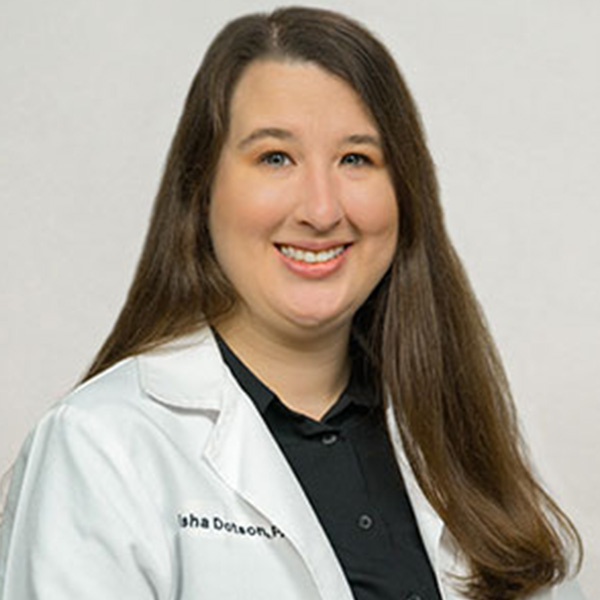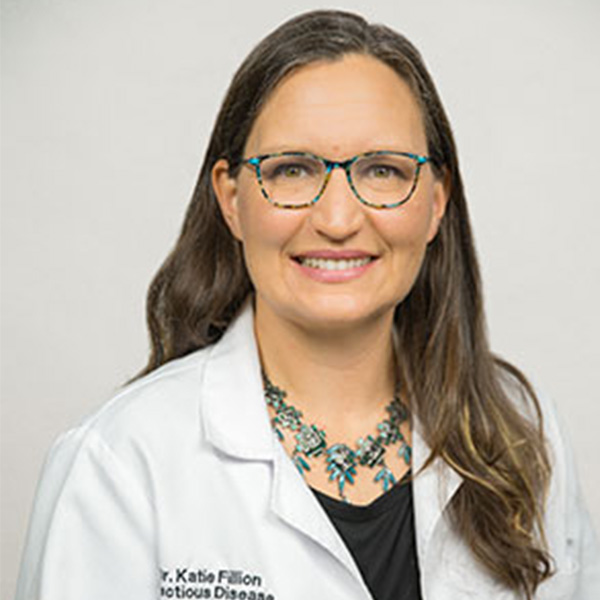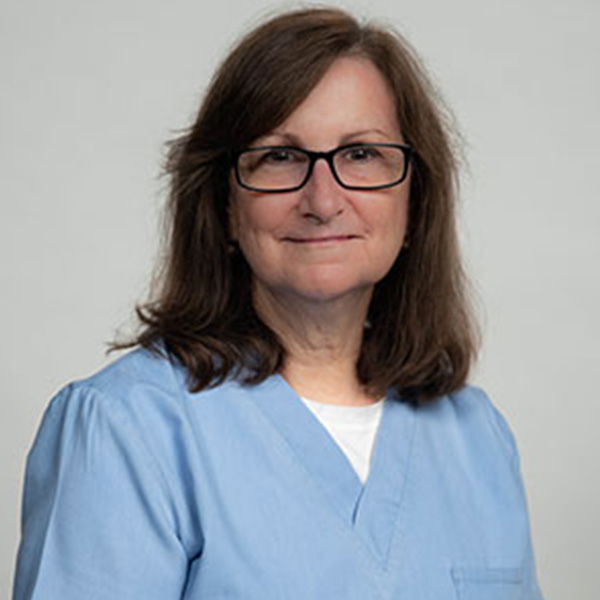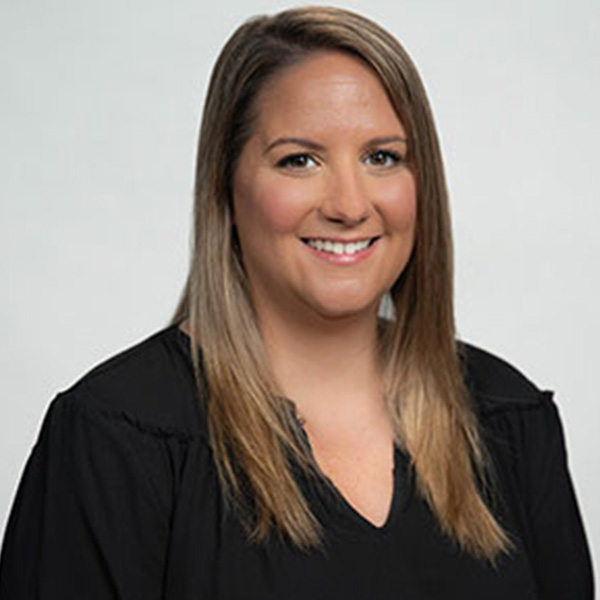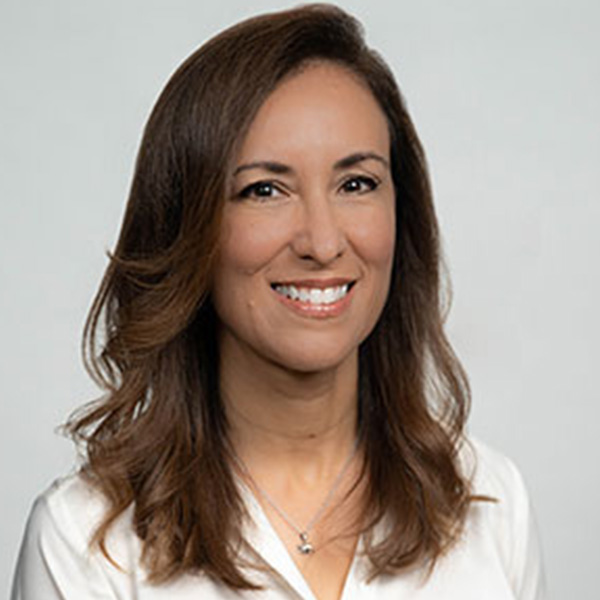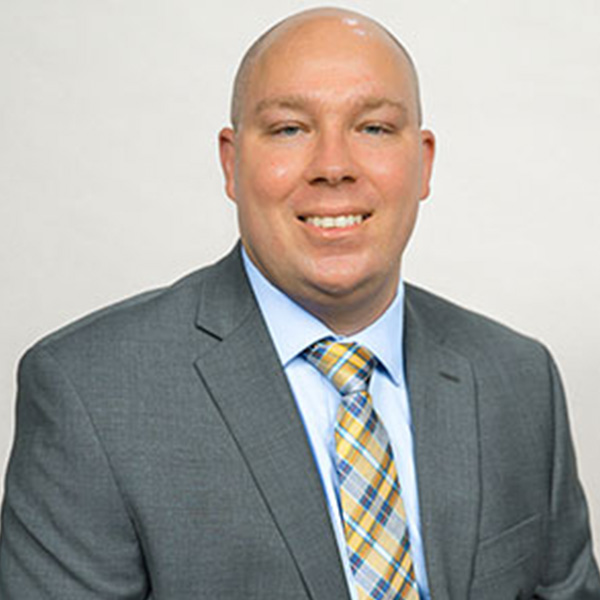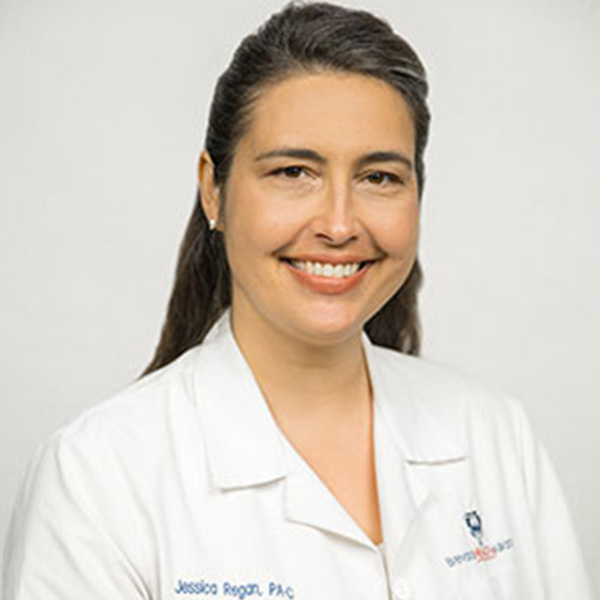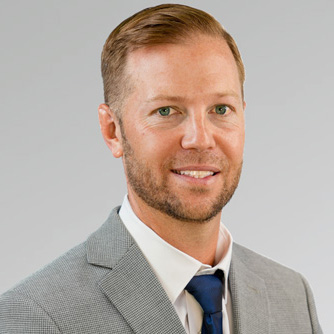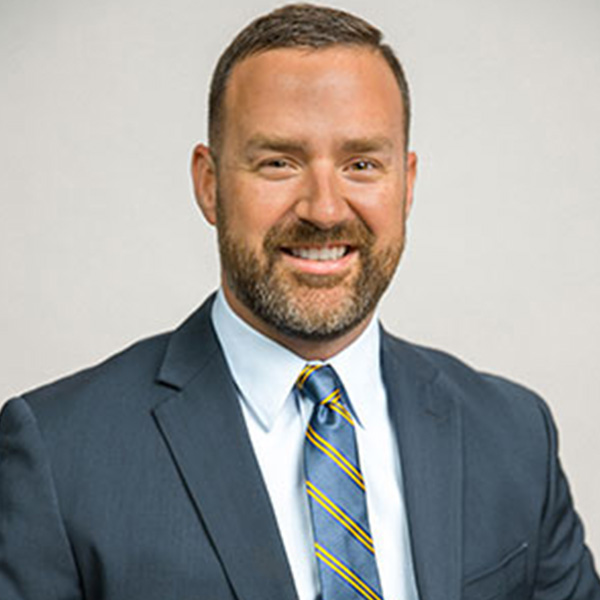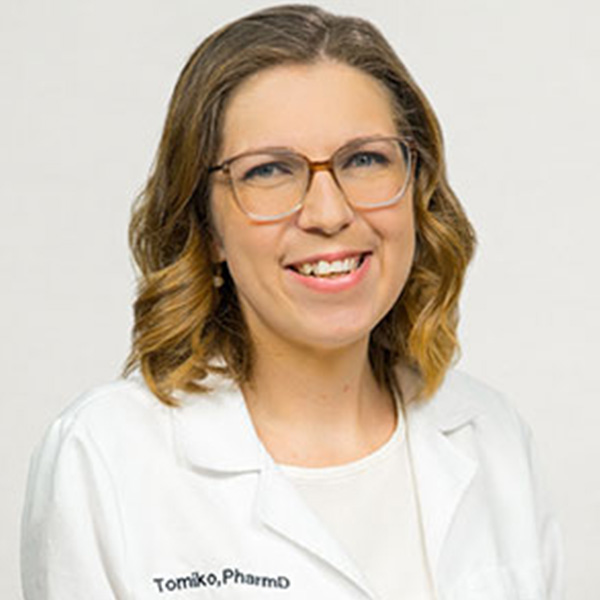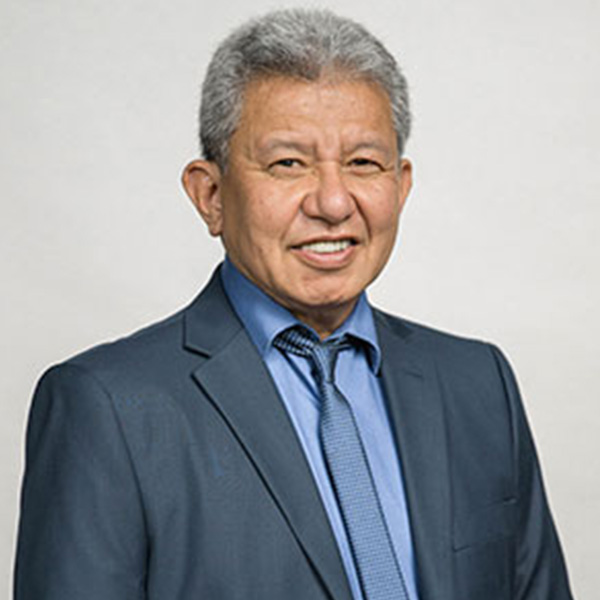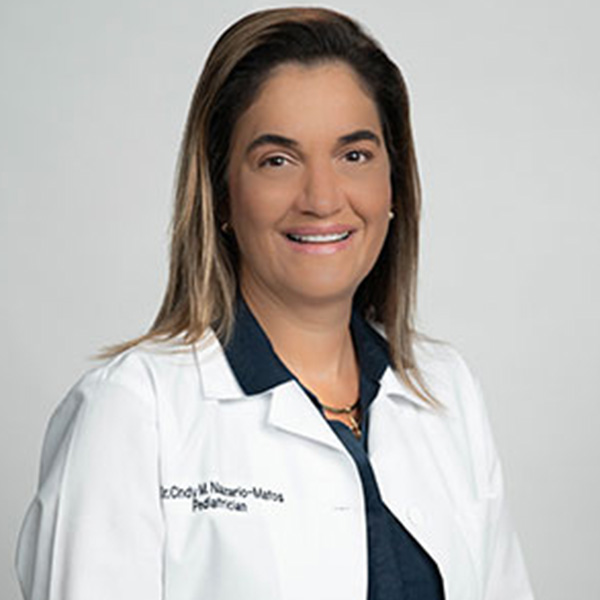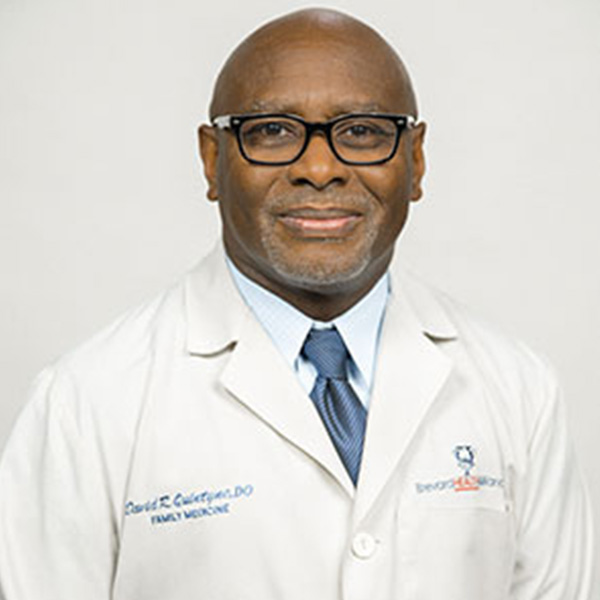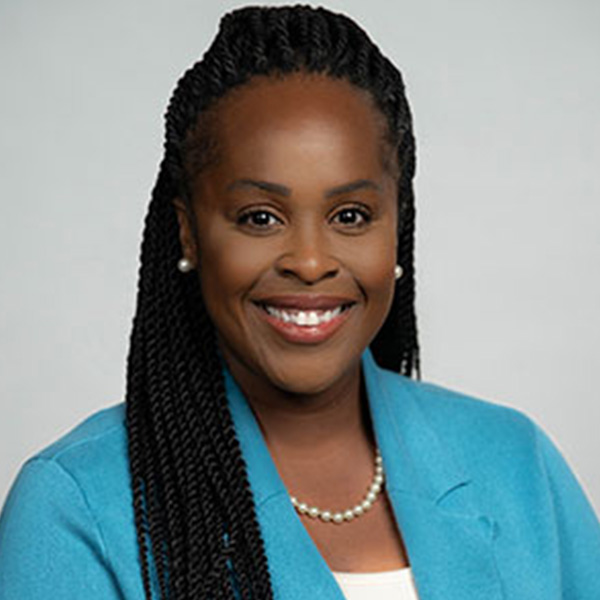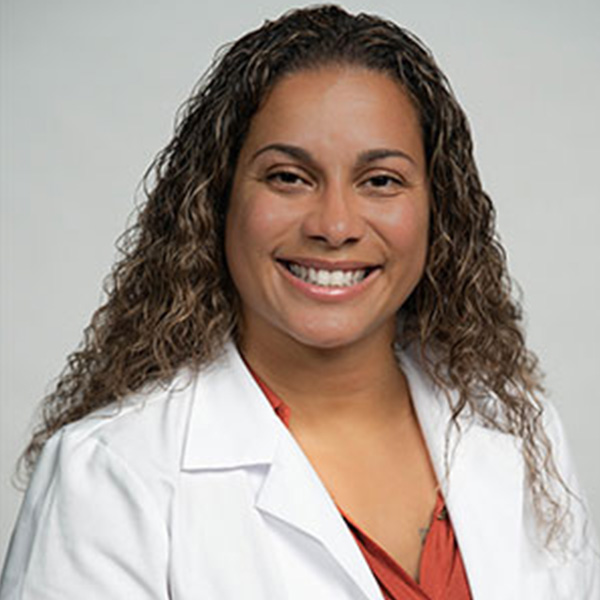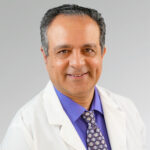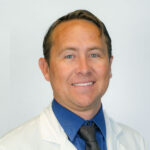5 Tips for Senior Health and Fitness
Keeping your body strong and limber prevents injuries and illness. A healthy, fit body also helps keep you active throughout your life. Many people think that poor health as an inevitable part of aging, but the truth is that you can take steps to stay fitter and healthier throughout your entire life.
Many different physical activities can improve your health and promotes independent living. Regular exercise can help you control your weight, blood pressure, and cholesterol levels. Staying active reduces your risk for hardening of the arteries, also known as atherosclerosis. Exercise can reduce your risk of heart attack and stroke. Physical activity strengthens your muscles, tendons, ligaments and bones to help fight osteoporosis and reduce your risk for falling, fractures, and other injuries. A strong, limber body helps you maintain your independence as you continue enjoying your favorite activities.
Not every activity works for everyone, however, as each person ages differently. Check with your doctor for advice on what activities might be best for you.
Here are five ways you can stay healthy as you age.
Five Ways Seniors Can Improve Health and Fitness
- Take the stairs whenever possible, or perform stair-climbing exercises at the gym. Climbing stairs exercises the same muscles you use to keep your balance as you rise from a chair. Strengthening these core muscles can reduce your risk for falling.
Stair climbing improves your endurance and raises your heart rate immediately, which strengthens your heart by working your heart muscles. Climbing stairs regularly for just a few weeks may give you the stamina to engage in other aerobic activities that strengthen your heart and improve your breathing, such as tai chi or line dancing. For safety reasons, always perform stair climbing and other aerobic exercise in a safe environment.
- Reduce calorie intake. The human body requires fewer calories as it ages. Your body metabolizes food to turn what you eat into energy. Because your muscles expend a great deal of energy to move your body around, muscle mass has quite a bit to do with metabolism – the more muscles you have, the more energy you need to get from food.
Humans lose muscle mass as they age. In fact, you begin to lose 3 to 5 percent of your muscle mass every decade after the age of 30. Men lose about 30 percent of their muscle mass over a lifetime. Since smaller muscles require less energy, you need to adjust your calorie intake to match your metabolism.
- Eat nutrition-rich foods. Even though you need fewer calories as you age, you still need vitamins and minerals. For maximum health benefits, focus on eating highly nutritious foods so you get all the vitamins and minerals you need without all the calories.
- Engage in strength exercises that build muscle. Research shows that seniors with low muscle mass have a 2.3 fold greater risk for low-trauma fractures, such as a broken hip, collarbone, leg, arm, or wrist. Perform arm curls, side arm raises, elbow extensions, and chair dips to build muscle in your upper body. Try back leg raises, knee curls, toe stands, and leg straightening exercises to build muscle mass in your lower body.
- Increase your physical activity slowly and at sustainable levels. Exercising a little more can help you reach your goals, but increasing your activity level too quickly can lead to sore muscles and fatigue that might discourage you from exercising at all. Add three more sit-ups to your exercise routine every two weeks, for example, or find time for an extra walk around the block each day.
Increasing your physical activity slowly is especially important if you quit exercising for several weeks and then start exercising again. When you do return, start by exerting yourself about half as much as you did before you stopped your exercise routine. If you were walking one mile each day before you stopped, for example, cut back to walking a half mile each day then gradually build back up to the one-mile mark.If you stop exercising for medical reasons, check with your doctor to make sure it is okay to resume your previous exercise routine.
For more information on senior health and fitness, speak with your doctor.
